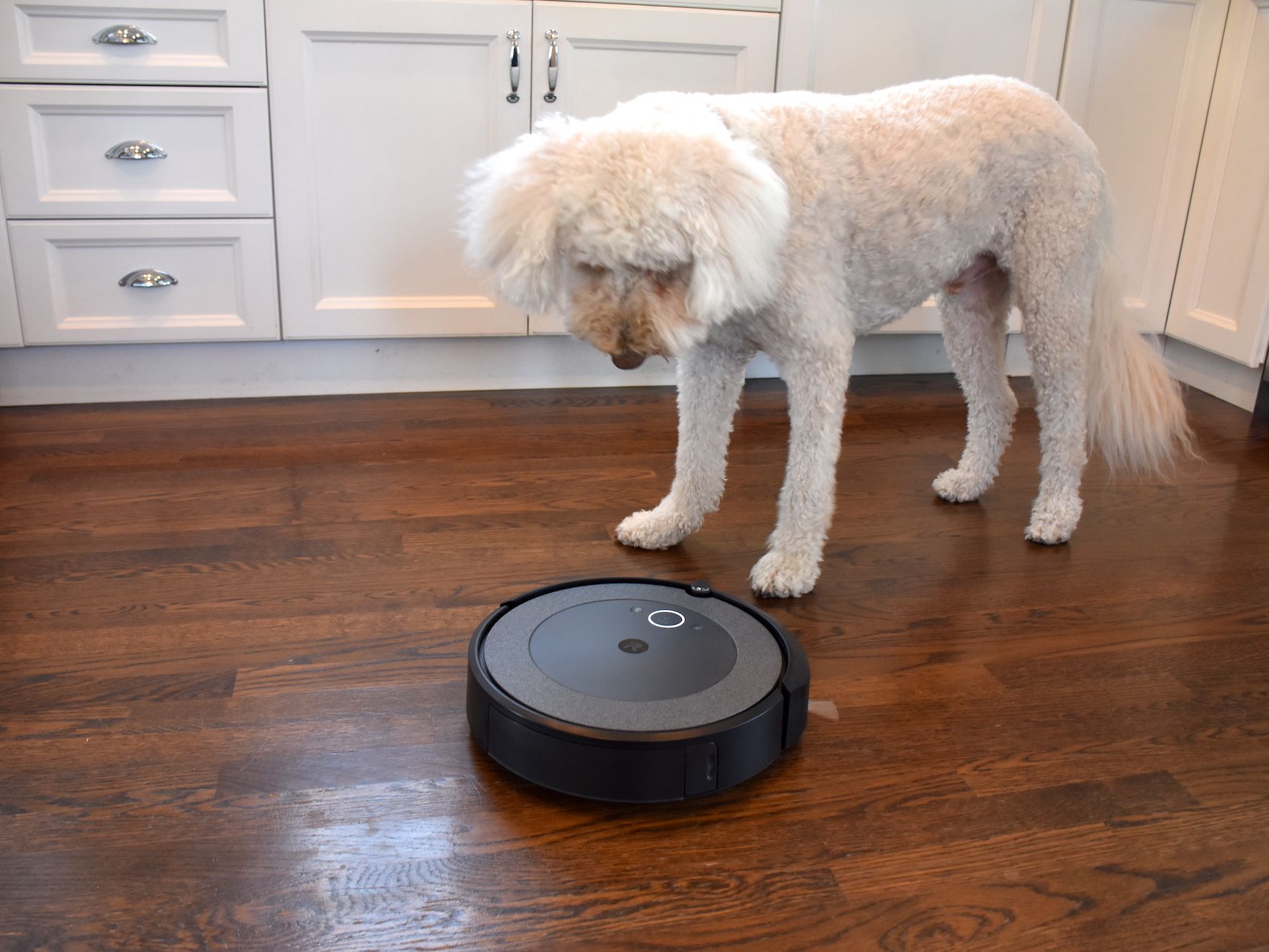When it comes to trading, Saxo is one of the leading brokers in the world. It provides high-quality market information and analysis tools for traders of all levels. They don’t discriminate against any trader regardless of status, making this broker an excellent choice for beginners.
However, no matter how great a broker may be, some common mistakes and problems occur while trading. The following article will cover the most common ones and help you fix them for good!
Slippage
This phenomenon occurs when you place an order at a price that is “better” than other offers in the market. Still, it doesn’t get executed immediately due to low liquidity (or something else). When the broker finally runs your order, its price is worse than what you initially expected it to be. To avoid this issue, make sure you use limit orders instead of market orders since they execute at a specific price and not just “at the market”. Also, remember: If only one offer remains on the screen – it’s a limit order, not a market one!
On the flip side, if your order executes immediately, but you get slippage when trying to enter the market, there is more demand for buying/selling than offers available in the market. It can be temporary or even last for some time so wait patiently until the offer gets accepted.
Asymmetric information
This problem appears because your broker doesn’t have all the information about prices and liquidity like you do (by having access to real-time news feeds and such). For instance, let’s say that you could see before-times newsfeeds about NOOKA share price dropping significantly, which resulted in people trading this stock at $3 per share instead of $5 per share. With this information, you immediately place a market order to sell ten shares of NOOKA (if it is still trading at $5 per share).
However, your broker doesn’t have the same level of insight as you, so they are unaware of what is happening with this stock. The result? Your order succumbed to slippage because the broker didn’t execute your order at the price you wanted and expected.
All of this means that you need to avoid placing market orders if there are any news about certain assets being available at much lower prices than usual. If you want to sell something—use limit orders until the situation stabilises!
Your first stop should always be their website, where they provide real-time newsfeeds for all of their customers.
Market noise
Many people think that a stop-loss order is best to secure your investment from any potential risks. However, it does the exact opposite. By putting a market limit order instead of a limit one, you automatically accept all possible outcomes. If the price goes up significantly after placing this kind of order, you will have slippage even though it previously went down!
It’s precisely why good brokers recommend using stop-limit orders that work as both stop and limit orders simultaneously for maximum protection against unexpected events.
Volume Weighted Average Price (VWAP)
It happens when there’s no significant difference between a bid and an asking price, so you can’t place a market order successfully. So, this means that your order will either get filled partially or not at all, and you can’t find out the exact price of your trade. To avoid this, use limit orders instead of market ones.
There are many scenarios where these problems appear daily—especially with beginners who don’t have any experience in trading options! That’s why you need to know about them so you can avoid them in future trades. If you know what to look for – it will be much easier for you to find a solution than if you didn’t even realise that something went wrong!
Don’t forget that every trading scenario is different, so don’t just follow these recommendations blindly! You need to find the best way of solving each problem individually.





